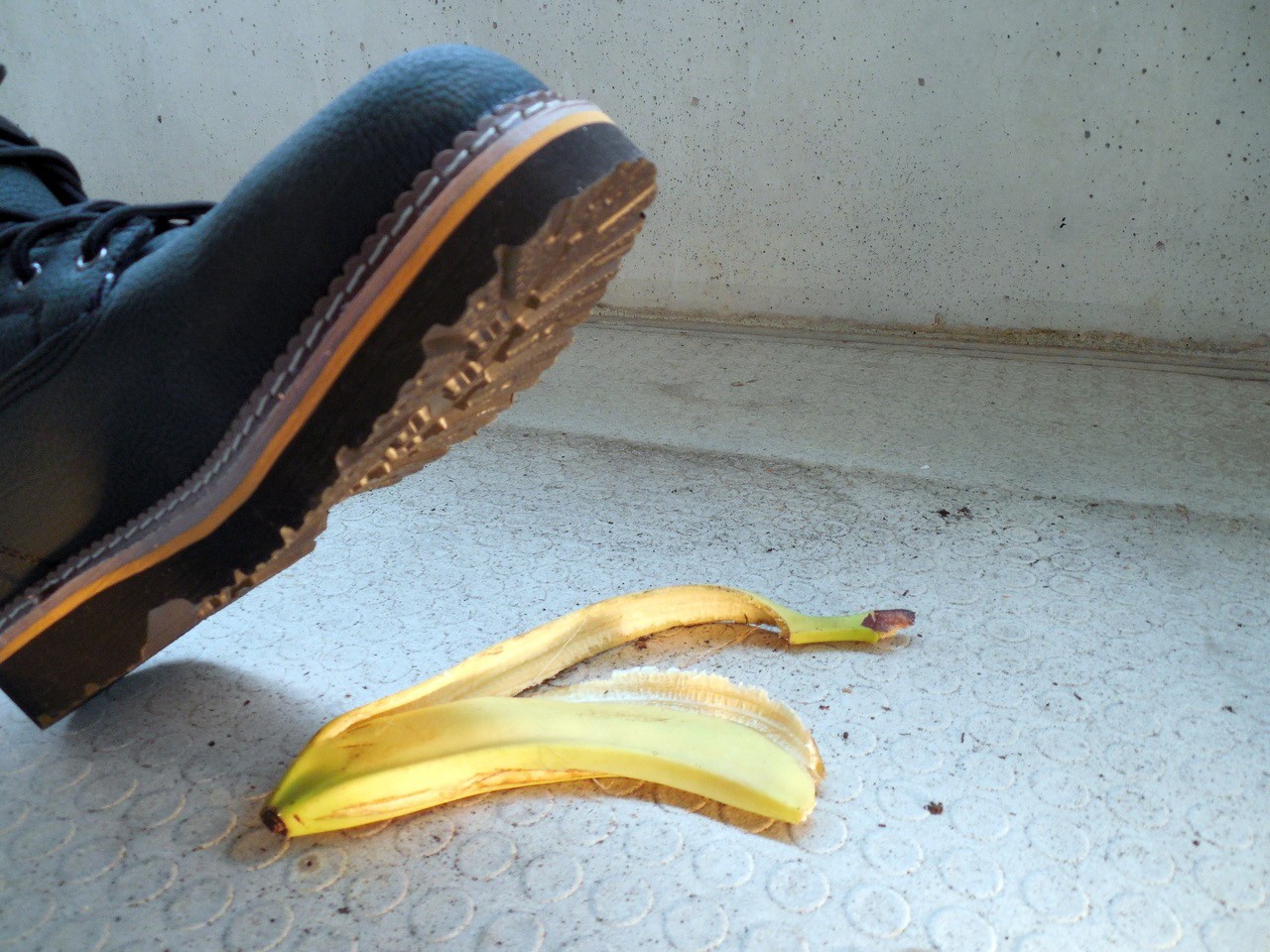
One of your guaranteed rights if you are in the United States, is the right to sue a person, business, organization or government that you feel has caused you injuries resulting in pain, suffering and other damages. The injuries can occur in nearly any situation including a motor vehicle accident, from interacting with a product that is found to be defective or did not provide proper precautions, an incidence of medical malpractice, any injuries that are sustained while on public or private property, if you are involved in a robbery or a fight, or other situations involving you and others or interaction with something owned by someone. These types of legal cases are called personal injury claims and there are more than 300,000 filed each year around the country.
Each state determines its own set of laws regarding how personal injury cases can be brought in front of the court. For instance Ohio has its own set of personal injury laws and you would need to hire skilled and reputable attorneys like Groth & Associates – the Toledo accident lawyers to help you file a case and navigate Ohio state laws.
When the person or plaintiff files a personal injury claim, it is done in civil court meaning the goal in a victory is monetary damages instead of jail time for the person being accused or the defendant.
One the biggest area of personal injury is slip and fall cases that occur in a variety of situations and condition. Here is how a slip and fall case is determined.
The Definition of Slip and Fall
Slip-and-fall also called trip and fall, occurs when a person is injured while slipping or tripping and falling on public or private property. For there to be a case, it must also include that the owner of the property or business was careless or negligent in allowing a dangerous condition to exist leading to the fall. Examples of common slip and fall cases include someone being injured while slipping and falling because of a spill on the floor, or tripping on a walkways or in parking lot because the ground is in disrepair.
Where Does Slip and Fall Happen?
Slip and fall incidents can happen on public or private property, at any time day or night and in any weather conditions. These cases are often very complex, challenging a skillful attorney to interpret and make sense of the many factors involved and then position things in his client’s best interest. There is considerable focus needed to determine who is at fault and why.
How Does a Plaintiff Prove Slip and Fall?
These cases are common for businesses with lots of traffic like supermarkets or busy restaurants because there is often so much grey area when someone gets injured. In reality they are an unavoidable element of having a business or owning property. For a plaintiff, here are some things to note about positioning yourself with the best chances of winning a slip and fall case.
Plaintiffs must prove the following:
- That the owner did not exercise what is called “duty of care” meaning that the owner has taken the necessary precautions to keep their property and its contents as safe for people as possible?
- That the owner knew there was an unsafe condition and did not rectify the situation timely.
- That the injury was caused by the dangerous situation.
- That the injury was not the fault of the plaintiff.
- That any injuries suffered can be remedied by monetary damages awarded to the plaintiff.
If all of these conditions are present, the plaintiff has an excellent slip and fall case.